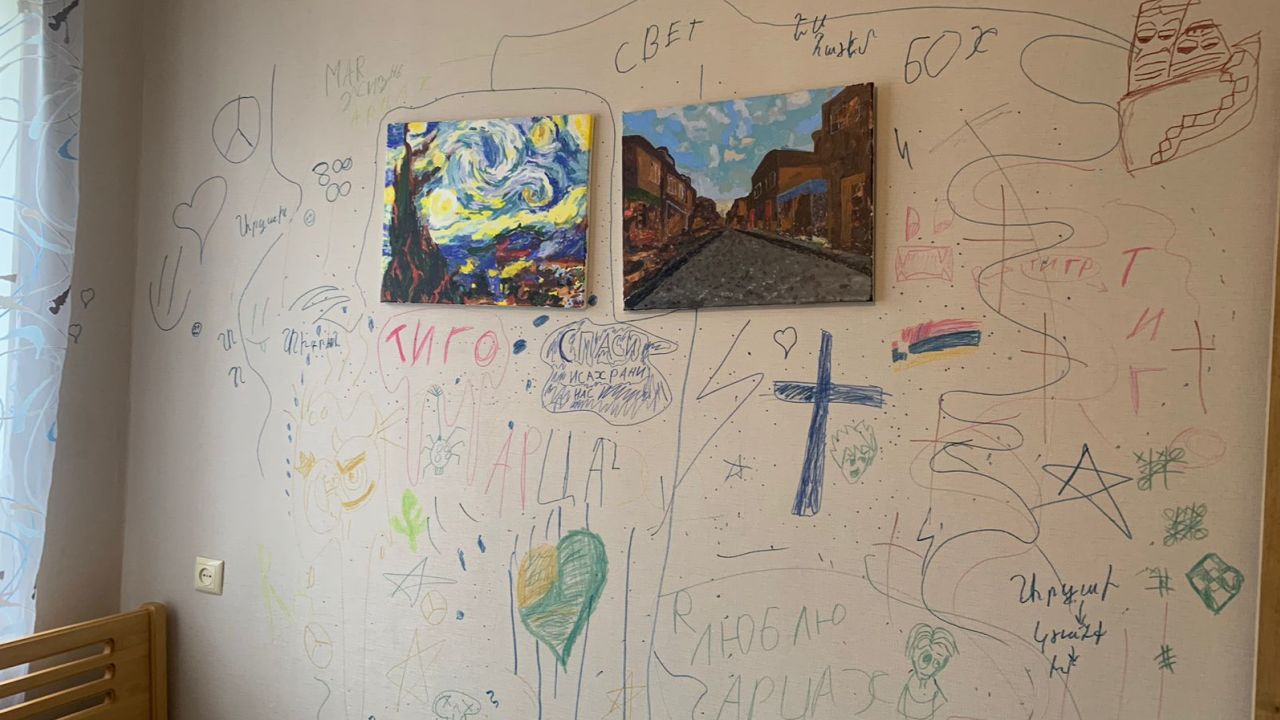CNN
—
The first refugees from Nagorno-Karabakh have arrived in Armenia, days after Azerbaijan launched a lightning offensive and said it had taken back full control of the breakaway region.
Around 4,850 people had arrived in Armenia from Nagorno-Karabakh by midday Monday, according to a statement from the Armenian government quoted by state news outlet Armenpress.
Azerbaijan’s brief but bloody offensive last week killed more than 200 people and injured many more, before Karabakh officials agreed to a Russia-brokered ceasefire in which they agreed to dissolve their armed forces. Azerbaijani President Ilham Aliyev said Baku had restored its sovereignty over the enclave “with an iron fist.”
Azerbaijan has insisted that ethnic Armenians who choose to remain in Nagorno-Karabakh will have to apply for Azerbaijani citizenship.
The Karabakh presidency told Reuters that the majority of the 120,000 ethnic Armenians living in the enclave did not want to live as part of Azerbaijan and that they would leave for Armenia because they feared persecution and ethnic cleansing.
Images shared on social media showed residents of Stepanakert, the region’s capital, packing their belongings into cars and vans, and searching for gas. The region had been blockaded by Azerbaijan-backed activists for nine months, causing chronic shortages of food, medicine and fuel.
Most of those fleeing Karabakh were women, children and the elderly, the deputy mayor of the Armenian town of Goris, Irina Yolyan, told Armenpress Monday. Goris lies close to the border between Armenia and Azerbaijan, near the Lachin corridor – the only road connecting the enclave to Armenia.
The road has been partially opened, to allow people to flee to Armenia, Nonna Poghosyan, a resident of Stepanakert, told CNN.
Poghosyan, the American University of Armenia’s program coordinator in Stepanakert, is planning to leave on Tuesday, along with her husband, nine-year-old twin children, parents and grandmother. The seven of them would have left sooner, but were warned that traffic on the road means many have been stuck for hours, with thousands trying to flee already.
Poghosyan told CNN her children had spent the morning sorting through their toys, as they tried to see how many of their belongings they could fit into their car.
“They cry for every toy,” said Poghosyan. “I’m walking around the house, trying to understand what to take, what is the most important stuff I can fit into my suitcase.”
Meanwhile, her father had joined the long line for fuel. “The government told us we can get five liters for free,” said Poghosyan. “But they say the line is so huge, the traffic, that maybe we will need more and this will not be enough.”
She said her children had been “horrified” by the shelling of Stepanakert, which began as they were walking home from school. Her husband had managed to find them on the street and take them to a bomb shelter, where her family hid overnight Tuesday.
After the initial shock, the weekend had brought clarity, she said, as her children began to understand they would have to say goodbye to their home. “I was surprised how they could… understand everything,” said Poghosyan.
“Today, they took their markers, and they went to their rooms, and they painted on their walls. They drew churches, crosses, some words, like ‘Artsakh, we love you. We will never forget you. We don’t want to lose you, our motherland.’”

The Armenian government said it was providing accommodation to all those who did not have a place to stay, according to Armenpress.
Poghosyan said she did not know of any family who was planning to stay in Stepanakert.
“Aliyev can tell you a lot of tales saying ‘Look, look, a lot of Armenian families are staying.’ But I know that no one – even the poorest family – is staying,” she said. “They changed our flag, our government surrendered. That’s all. No Armenian will be left here within maybe two weeks maximum, I think.”